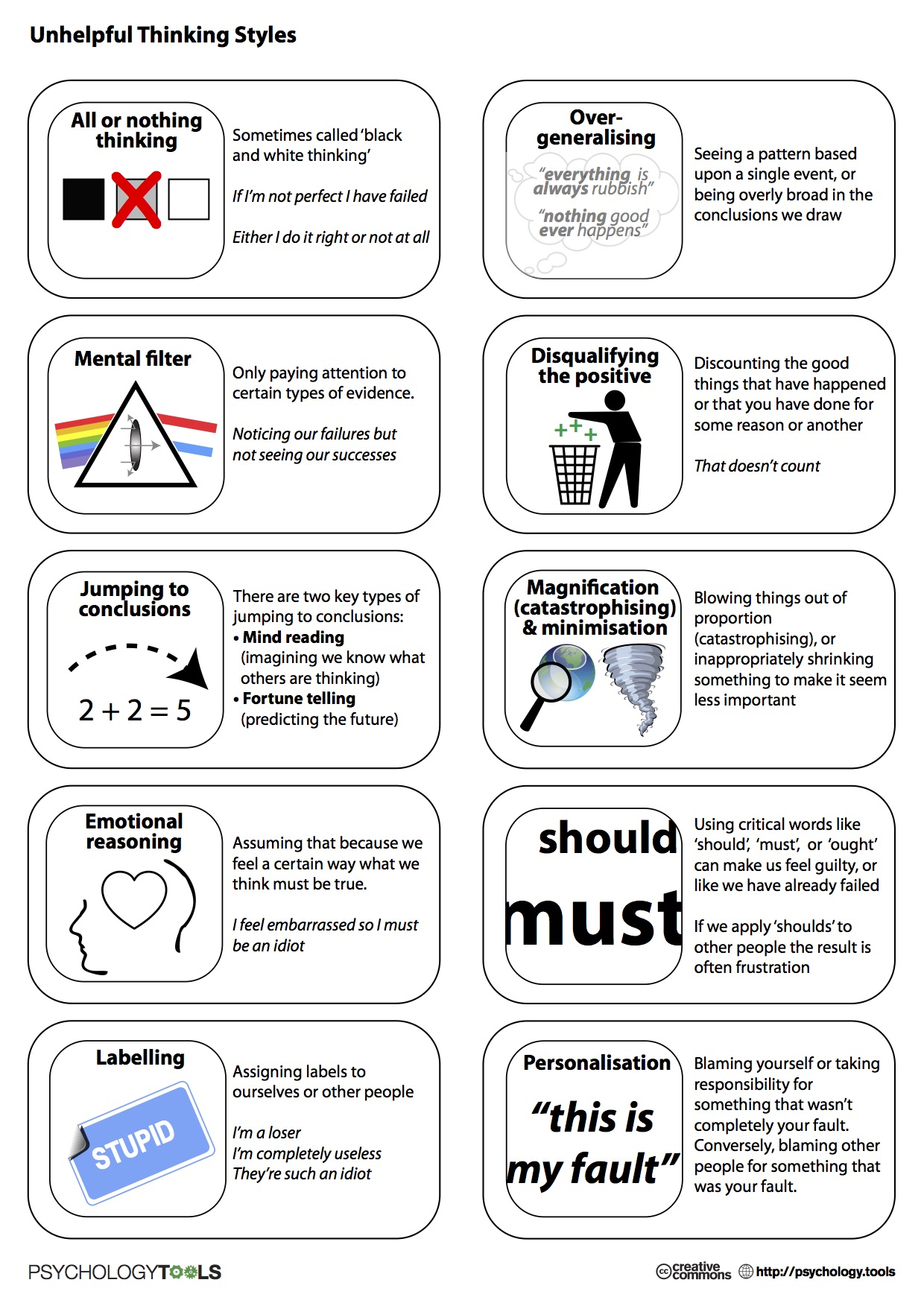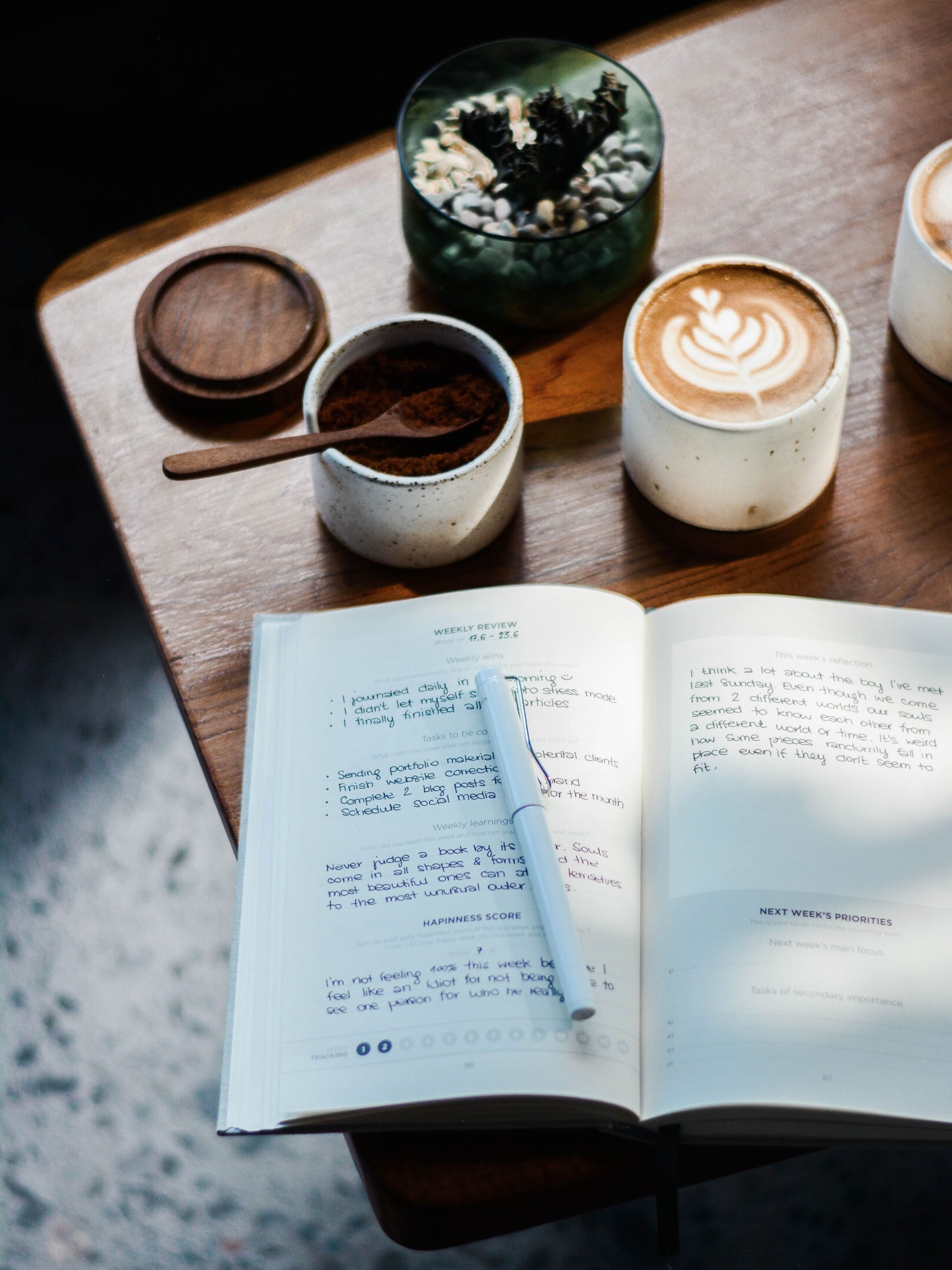There are mornings when I wake up with a gnawing feeling in my stomach and my mind starts racing with my “to-do” list. I’ll then proceed to start five things at once including making coffee, answering email, writing notes, cleaning. This drives the anxiety even further as our brains realize we cannot keep up, or will do a half decent job at any of those tasks when we are attempting to do them simultaneously. So, I stop myself and breath.

The view from the Airbnb window in Italy. (Milena Perkins)
Window Breathing
A quick and helpful and grounding/breathing exercise that I often use, and teach my patients is something I call “window breathing” (frequently also called a box breathing exercise). I imagine a window and I pick a view that brings me peace. Recently I’ve been imagining this giant window and balcony we had in one of our Airbnbs in Italy. Using all five senses I describe it to myself in my mind. What am I seeing? What is the temperature of the air? Is there a breeze? When I feel I have the image firmly in my mind, I begin to use my fingers and draw the outline of the shape of the window. As I trace my fingers upwards I take a deep breath. As I trace them sideways along the top of the window, I hold my breath. As my fingers come down the length of mirror I release a slow breath out. Rinse, repeat. This allows me to pause myself physically and mentally and helps to settle my thoughts.
Rituals
Create a routine in the mornings for yourself with at least three things you look forward to—whether that’s a cup of coffee, or taking the dog out. They can be “tasks” but ones you enjoy.
See it
Create a visual schedule for yourself. Often our mind will play tricks on us, better known as thinking traps. These are “automatic thoughts” that appear before we even have time to process the information in our minds. These automatic thoughts often distort the reality of the situation in front of us. And play a large role in the emotional responses we experience.
It’s important to identify the automatic thoughts one is having- so as to not allow them to grow and take up the precious space in our minds—especially when we are trying to maintain our motivation to get things done. They are pesky and will latch on and suck up our energy if we allow them!
Get them out on a page in front of you. Then identify if that automatic thought has been influenced by any of these cognitive distortions.

Next, focus on the facts! Hit pause to the emotional aspect of the thought, and only focus on the actual information in front of you. What do you have to accomplish today? Consider what will actually happen if you do not accomplish this today, based on facts, not fears. Fears can include disappointing others, losing our jobs, or financial stress. These are all valid, however, can tend to be more based on assumptions. Maybe your boss will be disappointed, or maybe they will be understanding if you need an extension. We aren’t mind readers, and we don’t have the information. Unless your boss has emailed you and written the words, “I’m disappointed,” then we can’t consider that a “fact.” It’s a belief based on our own emotional representations.
 A To-Do List as Therapy
A To-Do List as Therapy
A common issue that commonly sneaks in during times of stress and uncertainty is “catastrophic thinking.” With worried thoughts flying through our heads, it can all feel very overwhelming; and in the moment, we can be overcome with thoughts like, “I’ll never get anything done” repeating themselves. Our minds often fall under the trap of thinking things are worse than the reality in front of us. I often find having a tangible to-do list in front of me is far less scary than what my mind makes it out to be.
For those who find comfort in more rigid structures, I recommend jotting down time frames for each task, to help you as you go throughout your day. For others, like myself, I’ve found the time restrictions can worsen my anxiety if I do not remain true to them. If you find yourself having more perfectionist tendencies, leave the time frames out, and just have the tasks you’d like to accomplish in front of you.
I write the tasks on the left hand side of the page, and then draw a line down the middle. On the right hand side I implement good old behavioral techniques. Rewards! Positive praise and rewards increase the likelihood of the behaviors we want. Jot down a few things on that side of the page that you would like to do, if you accomplish the identified goals. I usually write three things down, and then create arrows connecting the completion of several tasks to the reward. These rewards serve as both a motivation, and a necessary break to continue to fuel ourselves.
Positive Reinforcement Only
Do not punish yourself for not completing a task. Punishment as a behavioral intervention, does not increase the likelihood of a behavior we are trying to increase!
Practice Acceptance
Accepting that you may not complete all the things you’ve written down, and set forth for yourself. I do not put a date on my tasks, unless something has been specified with a due date. This way I build into the system an acceptance that these things may take more than today, and that’s perfectly alright.
Reflect
At the end of the day, take the time to reflect, appreciate, and praise what you have completed; not the number of things you’ve crossed off the list. Focus on the fact that even in a time of world crisis, you were able to do something. That is truly a feat in itself. This step is the most important “reward” you can give yourself, that allows you to start all over the following day, with a sense ongoing purpose.
We cannot remain motivated, if we do not remain compassionate towards ourselves.

Behavioral Activation
Behavior activation is a technique we often use with depression and anxiety—which is certainly just as valid at times of increased stress, when we find ourselves less likely to partake in things bring us pleasure (which only further fuels the negative emotions and detachment we may feel from others).
For this one, I recommend using a calendar/planner. Begin by identifying what makes you feel good, as specifically as possible. For example, if you enjoy cooking, make it specific. I enjoy cooking ____. Take the extra step by by identifying the specific recipe/dish that you know has brought you joy in cooking and eating. Now pencil it in for yourself on a specific day. Start simple, and identify activities that are meaningful to you.
During times of stress, small things can feel hugely overwhelming. As the weeks continue, vary these activities, and allow yourself to take on more as you feel your stress declining. Research has shown that behavioral activation can be particularly effective when you include activities that provide a sense of achievement, such as learning a new skill. Try Psychpoint’s worksheet for this.
Stay Connected
Last, but certainly not least—although we are practicing “physical distancing” more than ever—the best coping mechanism we have right now is to maintain social connectedness. Work together. Maybe other friends or colleagues are having a difficult time remaining motivated, or find themselves experiencing significant stress and anxiety. Having a safe outlet to express our emotions is not only important for our mental health and wellbeing, but also plays a role in our ability to move forward and remain motivated and successful.
Set goals together (here’s a handy activity planner) to help holding one another to accountability. Cheer each other on as the day goes on. Positive praise we give to ourselves and to others takes only seconds, but truly can make such a positive impact in one another’s lives.
Milena Perkins is a psychiatrist living in San Francisco with her husband Vic Perkins, their pup Baguette, and cat, Chai. Although a Bay Area native, she recently moved from New York two years ago, where she spent her 20’s pursuing a career in mental health, and feeding her passion for all things design. She hopes to continue growing her interest and knowledge in the psychology of interior design.











Leave a reply